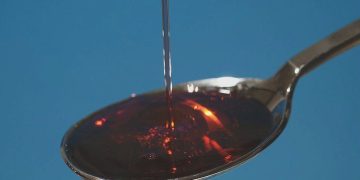On the arrival of mango season, markets overflow with lively fruit, but concerns about artificial ripening methods remain.
Experts warn that some mangoes are ripened using chemicals like calcium carbide, which can pose serious health risks, including skin irritation and respiratory issues.
Key Differences Between Natural and Chemically Ripened Mangoes
- Colour Check: Naturally ripened mangoes exhibit a mix of yellow, green, and brown spots, indicating gradual ripening. In contrast, chemically ripened mangoes often have a uniform, glossy yellow appearance.
- Texture Test: A natural mango feels firm yet slightly soft, with a full, weighty texture. Chemically ripened mangoes may feel overly soft or collapse inward when pressed, a sign of forced ripening.
- Water Test: Place a mango in a bowl of water. If it sinks, it is likely naturally ripened. If it floats, it may contain more air than pulp, indicating possible chemical ripening.
Health Risks of Chemically Ripened Mangoes
Calcium carbide, a common chemical used for artificial ripening, releases acetylene gas, which accelerates the process but can lead to gastrointestinal discomfort and long-term health hazards. Some traders also use ethylene gas, a natural plant hormone, but excessive exposure can still have adverse effects.
Expert Advice: Shop Smart, Stay Safe
Health experts emphasise the importance of inspecting mangoes carefully before purchasing. Prioritising colour, texture, and weight can help consumers avoid harmful chemicals while enjoying the authentic taste of mangoes.
By following these simple identification methods, shoppers can make informed choices and safeguard their health during mango season.




















































